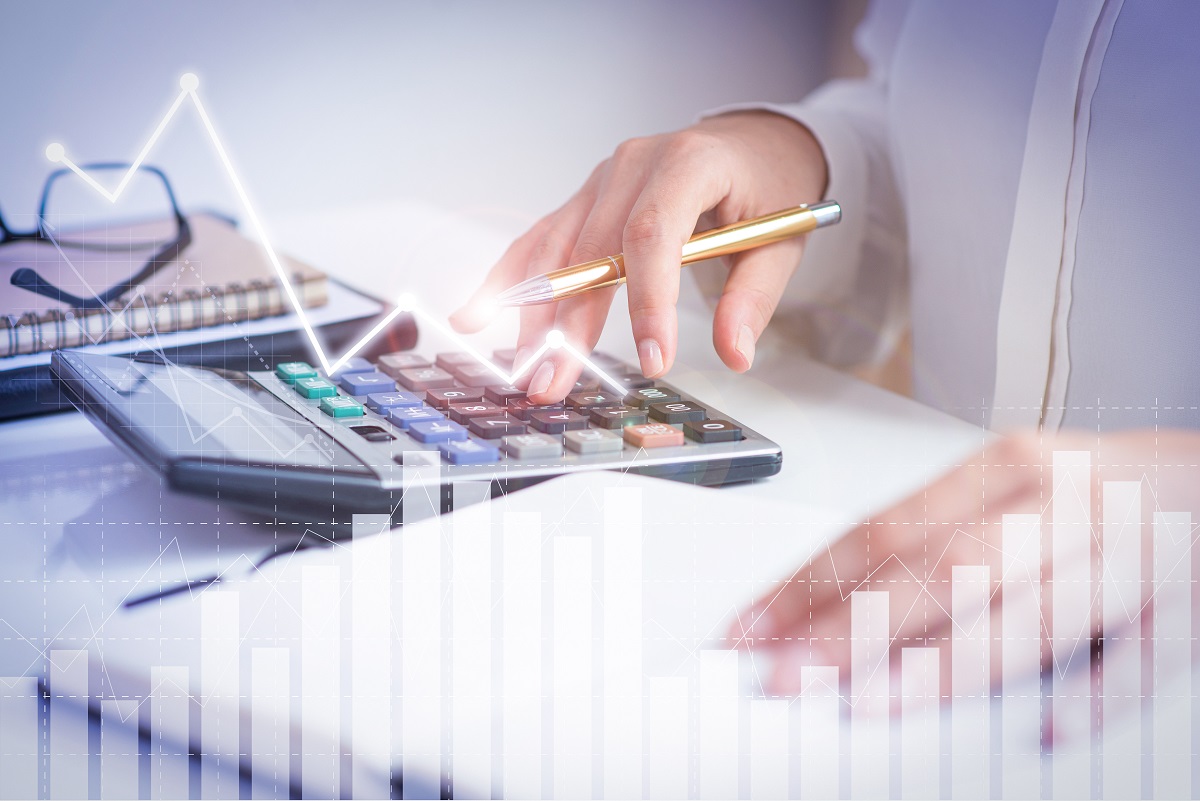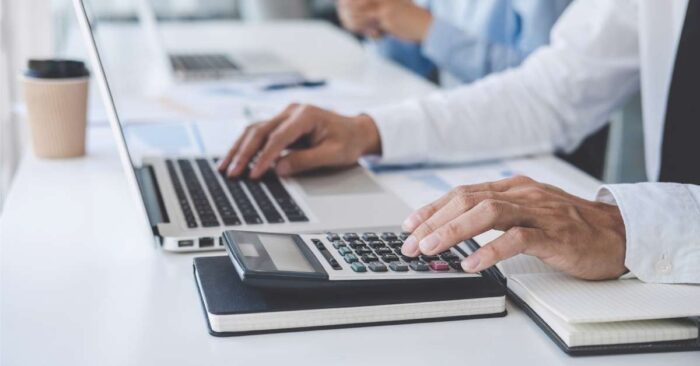
The margin scheme is an accounting method used by businesses to account for the sale of goods that are purchased from other businesses for resale.
The margin scheme is an example of how businesses can use accounting to their advantage. By carefully managing their inventory and using accounting to track their sales, businesses can make sure they are making a profit. The margin scheme is just one example of how businesses can use accounting to their advantage. Learn more about the GST margin scheme.
Under the margin scheme, businesses are only required to account for the difference between the purchase price and the selling price of the goods, rather than the full value of the goods sold.
The margin scheme is a GST (Goods and Services Tax) arrangement that allows businesses to only account for the difference between the purchase price and the selling price of the goods, rather than the full value of the goods sold.

This can be beneficial for businesses as it can reduce their GST liability. However, it is important to note that businesses can only use the margin scheme if they meet certain criteria, and they must keep accurate records of their purchases and sales.
If you are thinking of using the margin scheme, it is advisable to seek professional advice to ensure that you are eligible and that you understand your obligations.
This method is used to simplify the accounting process and to avoid double-counting the value of goods sold.
If you’re looking to simplify your accounting process and avoid double-counting the value of goods sold, then the last in, first out (LIFO) method may be for you.
The LIFO method is one of several inventory valuation methods allowed under U.S. Generally Accepted Accounting Principles (GAAP). When using the LIFO method, businesses assume that the last units of inventory purchased are the first units sold.

The LIFO method can be advantageous for businesses because it generally results in a lower cost of goods sold (COGS) and, as a result, a higher net income. The reason for this is that under the LIFO method, the most recent (and generally most expensive) inventory is not counted as part of COGS.
The margin scheme can be used for both domestic and international transactions.
The margin scheme is a GST (Goods and Services Tax) concession that can be used for both domestic and international transactions.
It allows businesses to account for GST on a margin (cost) basis rather than on the full value of the sale. This can result in a lower GST liability for the business.
The margin scheme can only be used for certain types of transactions, including:
- The sale of new residential premises
- The sale of new commercial premises
- The sale of new residential land
- The sale of new commercial land
- The sale of new plant and equipment
- The sale of used plant and equipment
- The sale of second-hand goods
- The sale of antiques
- The sale of artworks
- The sale of precious metals and stones

The margin scheme can be a complex area of GST law. If you are thinking about using the margin scheme, you should get advice from a qualified accountant or tax adviser. An Accountants Werribee aim to help our clients in becoming financial life is on the right track.
Businesses must keep detailed records of all transactions made under the margin scheme to comply with tax laws.
Record-keeping is critical for businesses operating under the margin scheme. This is because the ATO requires businesses to keep detailed records of all transactions made under the scheme to comply with tax laws.
If your business doesn’t keep proper records, it could be subject to penalties. The ATO may also disallow your business from using the scheme in the future.
To avoid these consequences, make sure you keep detailed records of all transactions made under the margin scheme. This includes the date of the transaction, the name, and ABN of the supplier, the description and quantity of the goods purchased, and the total amount paid.
Keeping detailed records will help ensure your business remains compliant with the ATO’s requirements. It will also make it easier to keep track of your expenses and claim back any GST you may be entitled to.








